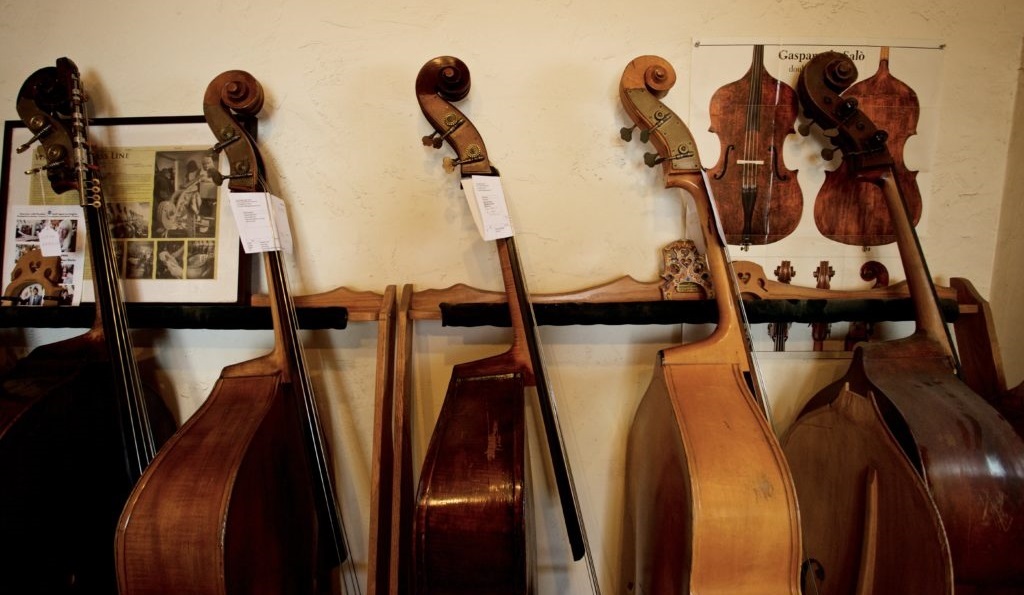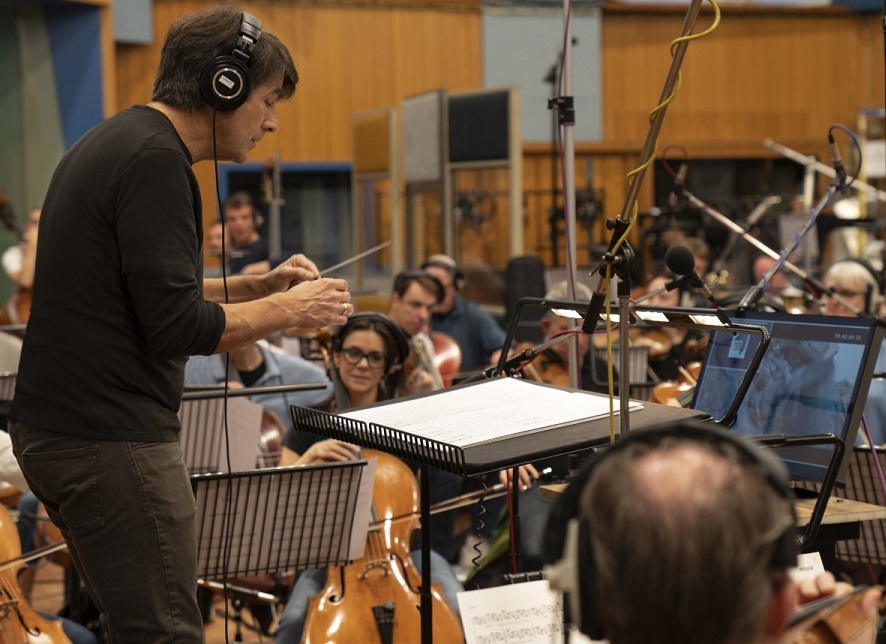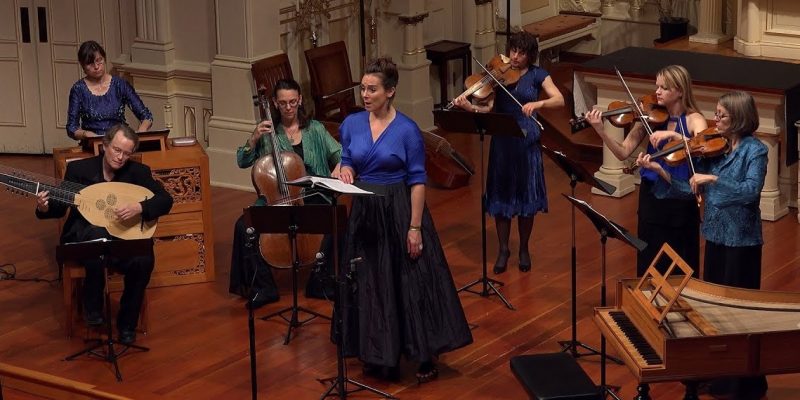- by
What Instruments Are Used in Opera?
An integral part of the opera is the orchestra.
The symphonic orchestra – are the instrumental groups that include the greatest number of musicians. The instruments of the orchestra have a well-defined place. Violins with violins, flutes with flutes. No question of mixing. It is not out of sectarianism, but for the cohesion of the different desks, the beauty of the sound and the harmony.
In the opera of the XVII century, judging by the preserved scores, there was only an orchestra that consisted of a pair of violins and an accompanying ensemble playing the general bass. The 18th-century standard opera orchestra is even easier for us to imagine.
They consist of three families of instruments:
1.The strings:
- bowed strings: violin, viola, cello, and double bass
- plucked strings: harp, sometimes guitar and very rarely the harpsichord.
- strings struck: sometimes piano
2. The winds:
- woodwind: small flute (piccolo), large flute, oboe, English horn, bassoon, double bass, clarinet, saxophone
- brass: trumpet, trombone, French horn, tuba
3.The drums:
cymbal, timpani, bass drum, snare drum, drum, xylophone, metallophone, vibraphone, triangle, castanets, celesta, wood-block, tubular chime (or set of bells), resonant tubes, maracas.
And today, in the same hall and with the same orchestra, you may not find the same arrangement of instruments from one concert to another. It’s not out of fantasy but out of repertoire requirements or the conductor’s will.
That because Haydn (classical period) does not write for the same orchestra as Wagner (romantic period). A question of style and evolution of the instruments. The typical baroque orchestra consisted of strings (violins, violas, cellos, and double basses), brass (trumpets and horns), winds (flutes, oboe, and bassoons), percussion (timpani) and a harpsichord. All these little people were not led by a conductor but by the harpsichordist, the first violin or the composer, installed in the middle, in front of all the musicians.
Over the ages, musical styles have evolved, as have instruments. The classical period welcomes trombones and clarinets. But it is to the romanticism that we owe the densest orchestras with the enrichment of percussion (xylophone, bass drum, gong, drum), winds (contrabassoon, piccolo, bass clarinet), the arrival of harp, tuba. Instruments which, for the most part, already existed but had not yet found their place in orchestras.
And also, the deep sound of the symphony orchestra was transferred to our homes thanks to the audio systems. After all, not every one of us has the opportunity to enjoy live opera, but creating a high-quality audio environment at home is quite possible. The secret lies in the proper selection of equipment, and specialized resources can help you with it.
Specific location
As the orchestras have evolved a lot, the placement of the instruments too. In the Baroque period, we often kept the same pattern: first violins on the left, second violins on the right, violas in the middle on the left, cellos in the middle on the right. And at the back, from left to right, there were: oboe, bassoons, timpani, trumpets and double basses (the latter can also be installed on the left, behind the first violins).
The classical period is suitable for the same scheme, on the additions the horns, placed at the bottom left, opposite the trumpets (and/or trombones), which are very loud. This creates a balance that can be found in all families. You don’t put a violin next to a tuba: it would cover your neighbor.
In modern orchestras, conductors (and composers) take liberties. You can place very sonorous instruments like timpani or brass in the first row to obtain certain effects, such as for example in Dutilleux’s Second Symphony.
Finally, among the strings, many patterns are possible. The only one who chose not to move is the first violins, always in front of the left. In the opera house, for example, there are sometimes all the strings on the left, but the first violins are always in the front row.

